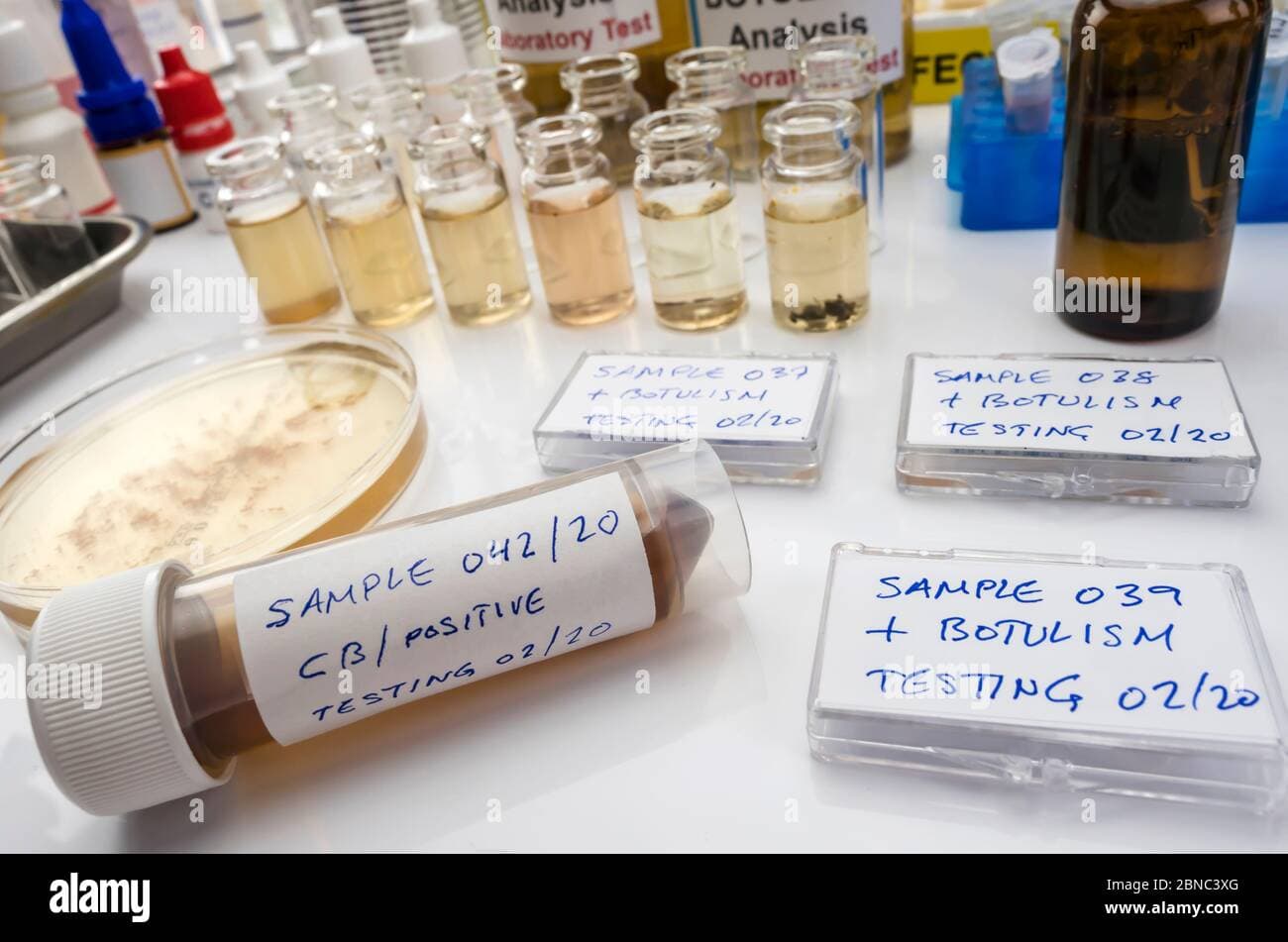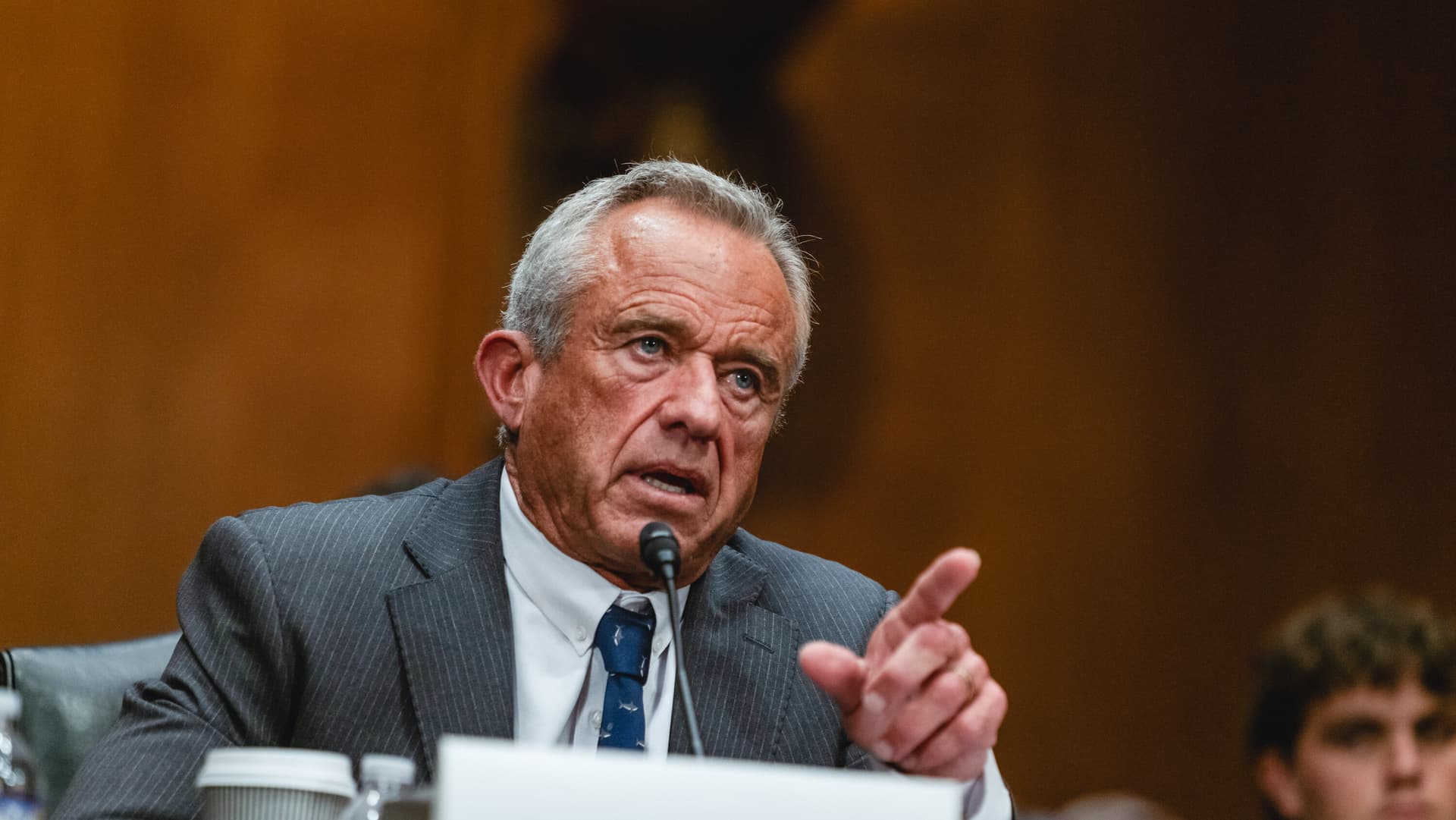Uncertainty Over ACA Subsidies Drives Many Americans to Delay Coverage
State officials told Reuters that confusion about whether premium subsidies under the Affordable Care Act will be extended in the short term is prompting some people to delay enrolling or to drop coverage entirely. Enrollment lags in some states reached as much as a third among subsidy dependent populations, a sign that stalled decisions in Washington are already reshaping health insurance markets and consumer choices ahead of 2026 plan deadlines.

State officials told Reuters on November 24, 2025, that uncertainty about possible short term extensions of Affordable Care Act premium subsidies has led some Americans to postpone enrolling in marketplace plans or to forgo coverage altogether. The officials said that in several states enrollment among people who rely on subsidies was running as much as a third below expected levels, a shortfall officials attributed to widespread fears of substantial premium increases for 2026.
The disruption reflects a policy standstill in Washington that has tangible effects on the ground. Consumers deciding whether to buy a plan now are weighing the risk that an extension of subsidies could lower their costs against the possibility that lawmakers will not act, leaving premiums significantly higher next year. That calculation is producing delays in enrollment at a critical moment ahead of plan year deadlines when insurers finalize rates and networks.
Health policy experts say the pattern is predictable. When the availability of financial assistance is in doubt, people who would otherwise qualify and enroll may decide to wait, particularly if they are healthy and can risk a period without coverage. That behavior can accelerate adverse selection, where those who remain in the market are sicker and costlier on average, prompting insurers to seek higher premiums for the next plan year. State officials warned that the dynamic could contribute to the very premium increases consumers fear, creating a feedback loop that further destabilizes markets.
The immediate effect on consumers can be severe. Those who delay coverage face gaps in protection for routine care and chronic disease management, and they are at greater risk of facing large out of pocket bills if they need emergency care. For low and middle income households that depend on subsidies to make insurance affordable, the decision to enroll hinges on the expectation of what their monthly premium will be next year. Uncertainty about a short term policy patch or extension has therefore become a de facto pricing signal.
States trying to conduct outreach and enrollment campaigns reported difficulty communicating with residents while the federal picture remained cloudy. Enrollment assistance programs and navigators rely on clear expectations about affordability to persuade people to sign up. When answers are not forthcoming, the effectiveness of those programs diminishes and the timeline for action compresses.
The situation underscores how federal policy debates can have immediate and measurable consequences for market participation and health security. With plan year deadlines approaching, state officials and consumer advocates called for timely decisions to reduce uncertainty and protect access to coverage. The coming weeks in Washington will be consequential for enrollment levels and premium trajectories in 2026, and they will determine whether current enrollment lags become a temporary pause or a more lasting rise in the uninsured.


